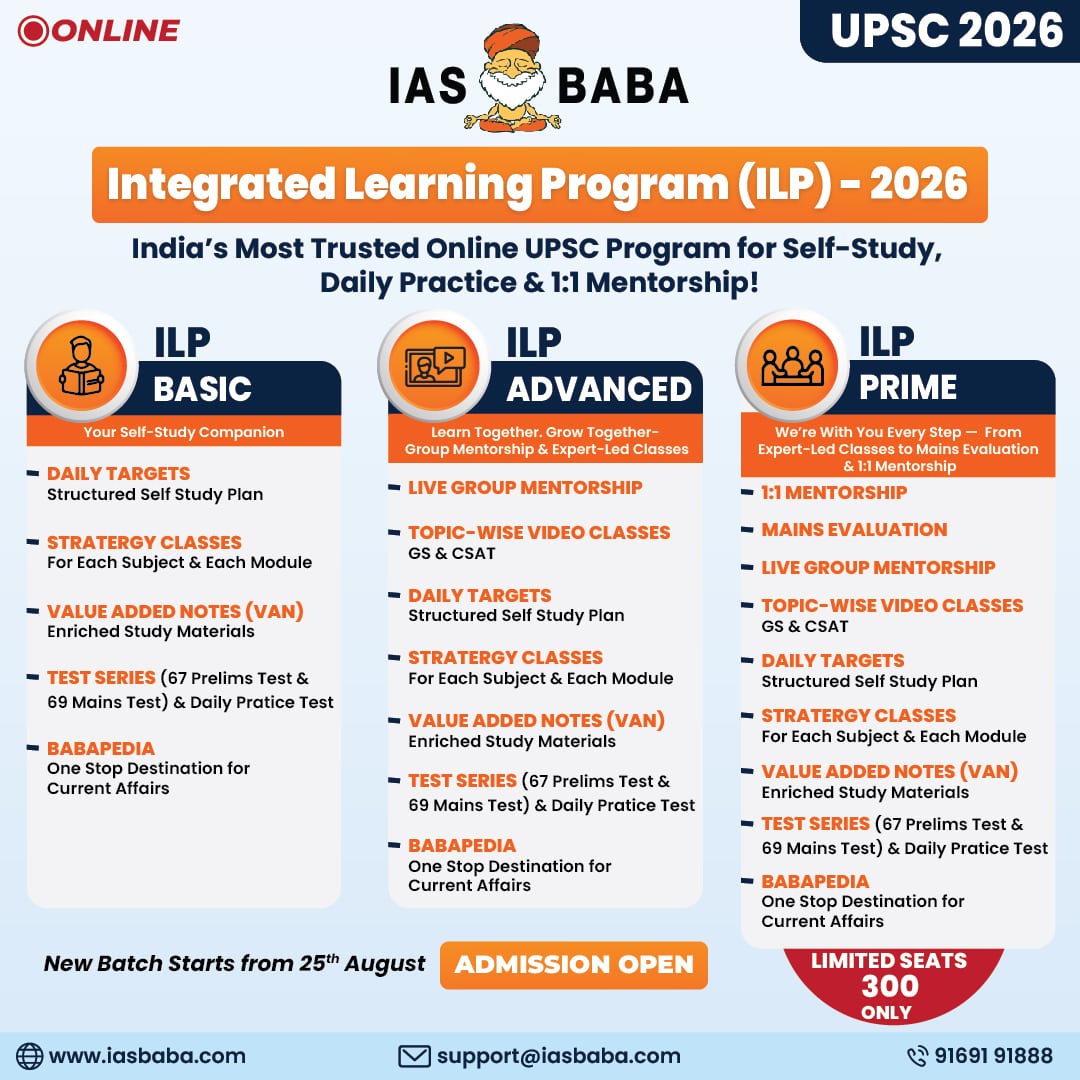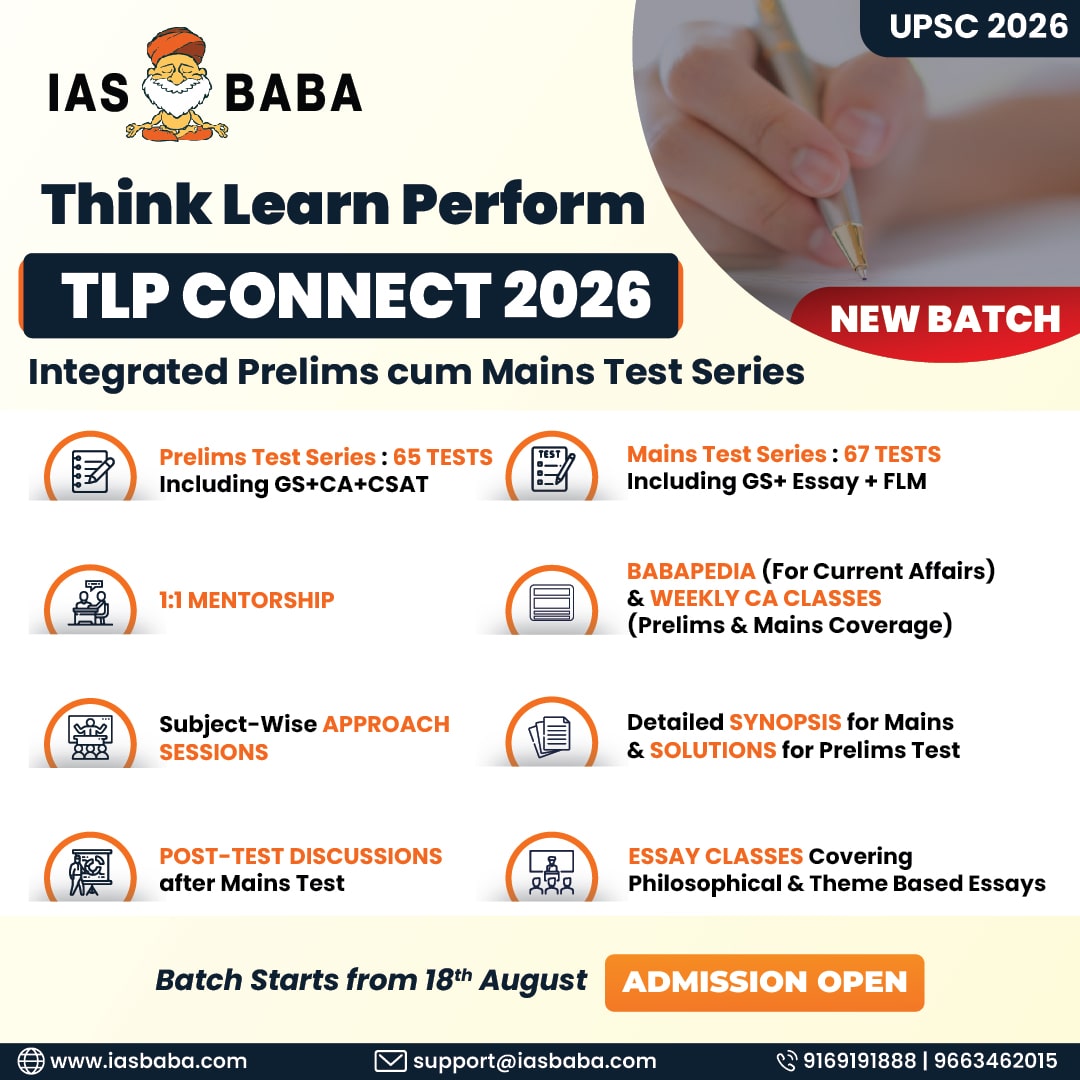Medical Science
IASbaba’s TLP OPTIONAL – 2017 : Medical Science Mini Mock Test – 1
Archives
Maximum marks 200
Answer any 4 out of 6. Question 1 and 4 are compulsory. Rest of the 2 questions should be attempted taking at least 1 question from each section.
Section A
1. Answer the following questions:
(a) Describe the main events in the development of heart (10).
(b) Define cardiac output. How can it be measured (10).
(c) Draw and label a cross section (horizontal section) of abdomen passing through both the kidneys (10).
(d) Define and enumerate bronchopulmonary segments. What is their clinical significance (10).
(e) Write a short note on pelvic diaphragm (10).
2. (a) Describe the role of cerebellum in regulation of posture and movement. What is cerebellar ataxia? (20)
(b) Write in brief anatomy of RIGHT ATRIUM. Discuss errors in development leading to various congenital malformations of heart (15).
(c) what are normal EEG waves? How are they generated? Compare EEG between REM and NREM sleep. Add a note on clinical significance of EEG (15).
3. (a) Discuss the biochemical basis of different types of vitamin deficient anaemias (20)
(b) How is hypercholesterolemia harmful? Mention causes. Enumerate various measures that are used to decrease serum cholesterol level and give their mechanisms of action (15).
(c) What changes takes place in ovary, breast, uterus and vagina during menstrual cycle? (15)
Section B
4. Answer the following questions:
(a) Discuss etiopathogenesis of hepatic cirrhosis (10).
(b) Describe precancerous disorders of gastrointestinal tract in short (10).
(c) Discuss the therapeutic uses of diazepam and it’s adverse effects (10).
(d) Mention the advantages of cardio selective Beta blockers over nonselective blockers (10).
(e) Discuss the significance of drug metaboilsing enzymes (10).
5. (a) Describe carcinoma colon. Name it’s precancerous conditions (20)
(b) Describe life cycle, pathogenicity and laboratory diagnosis of plasmodium falciparum (15).
(c) Describe mechanism of action, dosage and toxicity of ampicillin (15).
6. (a) Describe pathogenicity and lab diagnosis of herpes simplex virus (20).
(b) Discuss etiopathogenesis and pathology of peptic ulcer (15).
(c) Describe drug receptor interaction and uses of partial agonists in therapeutics(15).














